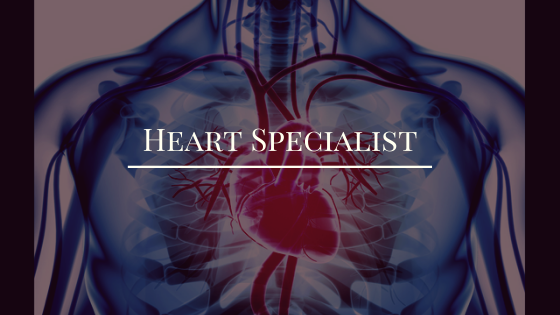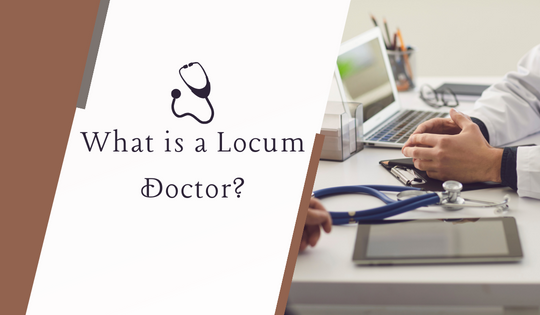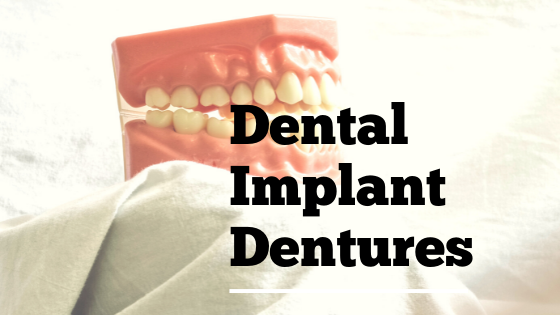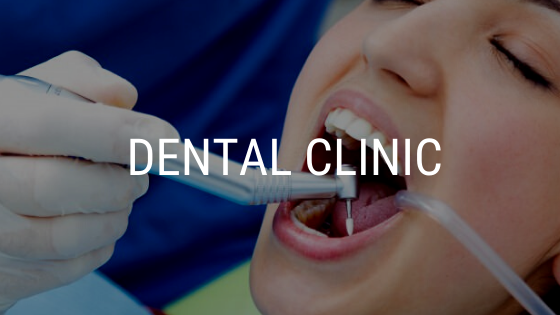The types of heart damage caused by trauma are distinct from those caused via atherosclerosis, and consequently require specific diagnosis and care. Cardiologists in Singapore often work in conjunction with internal medicine physicians, emergency physicians, and others to properly treat cardiac trauma not related to a disease process.
Surprisingly, not all cases of cardiac trauma are immediately obvious – even those that occur as a result of a car accident. One reason for this is that many patients do not experience exterior chest wall damage, while others may not experience symptoms for hours or even days after the accident occurs. Cardiologists and emergency physicians must therefore observe patients with careful attention so that symptoms of heart problems are noticed and treated early on. In cases where injuries are more salient, immediate surgery or intervention is often required. You can consult with Dr Gerard, one of the best cardiologists in Singapore for more information.

Cardiac trauma may occur either as blunt trauma, where a force hits the chest and causes damage, or it may occur via penetrating trauma, where an object penetrates the chest wall and damages the heart’s structural makeup. Blunt trauma is most normally the result of either a motor vehicle accident or a fall. Another type of blunt trauma that is less severe is called cardiac compression, which occurs when rapid deceleration (such as in a car) causes the heart to strike the anterior chest wall and breast bone, which then causes bruising of the heart tissue. Penetrating injuries are most normally incurred when a gun or a knife is used to attack the victim; these types of injuries are extremely dangerous for the patient and often lead to fluid buildup in the tissues surrounding the heart. If not treated via immediate surgery, these injuries are fatal – 94% of cases result in death before the victim can even reach the hospital.
When a patient with suspected or potential cardiac trauma reaches the hospital, one of the first steps aside from stabilization is to check the accident report. Normally, attending physicians will need to know how the injury occurred with specific details such as whether a seatbelt was worn at the time of a crash, how the patient fell if this was the case (and onto what kind of surface). For a gunshot wound, physicians should determine what caliber of gun was used and how far away the shooter was from the victim at the time of injury. Stab wounds require an investigation into the type of weapon used and its size. Any prior patient history of cardiac or pulmonary problems should be noted, as well as the pain location, its onset, and the relative severity of the pain. Any shortness of breath (known as dyspnea) should also be noted.
The treatments appropriate for each type of patient will differ according to the severity of the condition and any other injuries that they may have sustained. For patients not needing immediate corrective surgery, a cardiologist and other specialists will closely monitor for any signs of fluid buildup, lowering blood pressure, and pulmonary malfunction. Patients who experience severe pain as a result of the cardiac trauma may be administered morphine so long as they are properly hydrated and show no other signs that this therapy would be contraindicated (if it is, other types of pain medicines can be given). If fluid begins to build up, it can be removed to relieve pressure on the heart. The treatment of cardiac trauma patients normally involves several different team members in addition to the cardiologist. These include an emergency medicine physician, a surgeon, critical care nurses, and other support staff.





